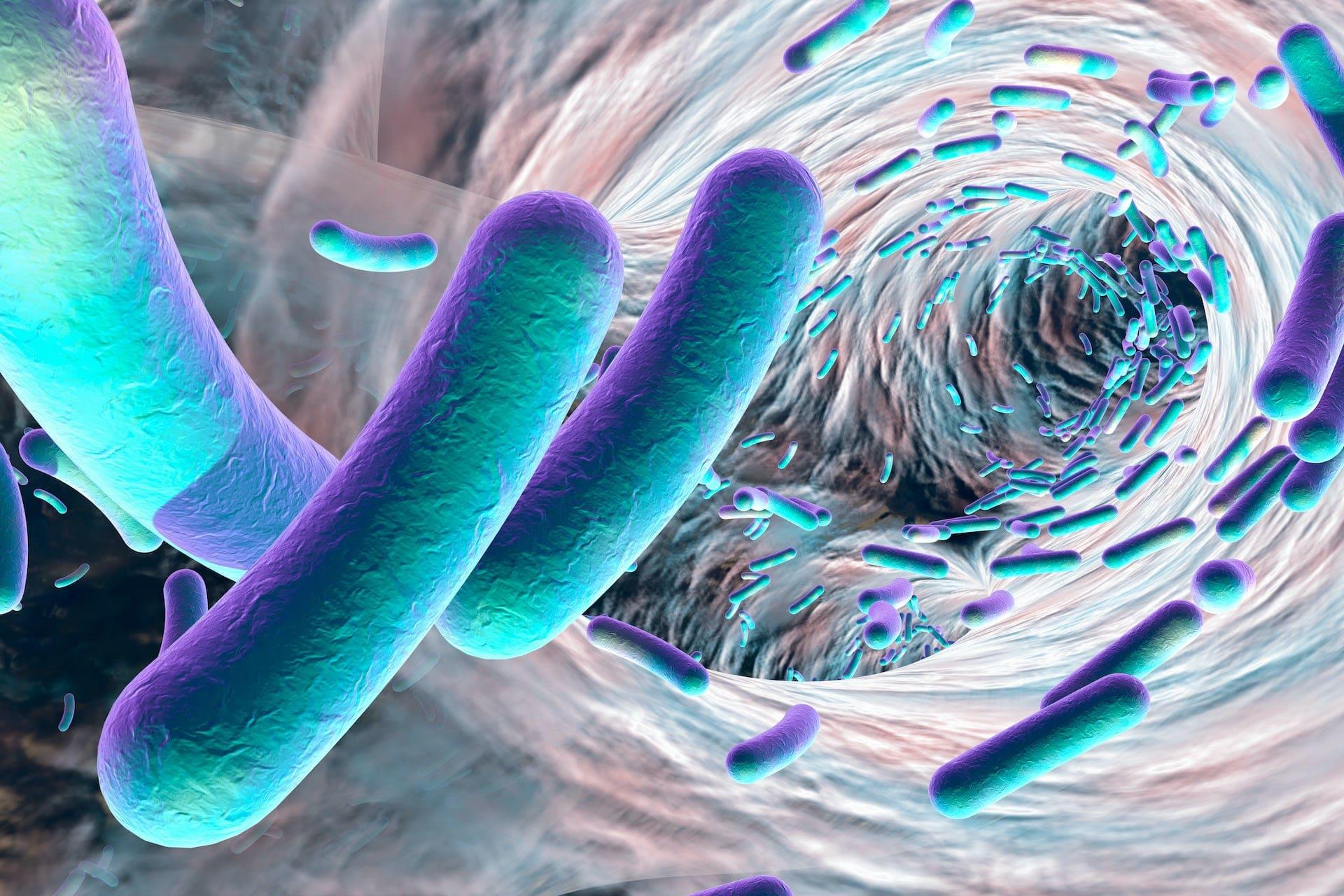KEY TAKEAWAYS
- The RELATIVITY-020 phase I&II trial aimed to investigate the differential response and biomarker profiles in advanced melanoma pts refractory to prior immunotherapy with NIVO+RELA.
- Researchers noticed elevated inflammation-associated tumor biomarkers in IO-rf pts, suggesting potential responsiveness to NIVO+RELA.
In RELATIVITY-020, the investigational combination of Nivolumab and Relatlimab (NIVO+RELA) exhibited notable efficacy and tolerability in patients (pts) with advanced melanoma refractory to prior immunotherapy (IO-rf). Enriched responses were observed, particularly in pts expressing programmed death ligand 1 (PD-L1) or lymphocyte activation gene-3 (LAG-3). To discern potential subgroups deriving increased benefit from NIVO+RELA, the study conducted exploratory IO biomarker analyses.
Paolo A. Ascierto and his team aimed to assess the differential response patterns and IO biomarker profiles in melanoma pts by increasing the benefit from NIVO+RELA, particularly those who were IO-rf.
The study performed an inclusive analysis, assessing LAG-3, PD-L1, and CD8 levels via immunohistochemistry in baseline tumor samples from both IO-naïve (1L) and IO-rf pts, as well as within 4 weeks of initiating NIVO+RELA treatment. Additionally, immune-related gene expression signatures were examined through RNA-seq, employing modified definitions to distinguish primary from secondary resistance to anti–programmed death-1/PD-L1 therapy. The association between these biomarkers and treatment response was determined utilizing RECIST v1.1 criteria.
Baseline analysis revealed higher LAG-3, PD-L1, and CD8 levels in pts with IO-rf whose last treatment was IO (IO-prior) compared to non-IO therapies. The objective response rate (ORR) with NIVO+RELA was 12.8% for IO-prior pts and 8.3% for non-IO pts. Among NIVO+RELA responders, baseline biomarkers were significantly higher compared to non-responders (P<0.05), a distinction observed only in IO-prior pts.
In pts with primary anti–programmed death-1/PD-L1 resistance, lower immune and inflammatory gene expression signatures were noted when compared to those with secondary resistance. Despite similar baseline levels of LAG-3, PD-L1, and CD8 in 1L and IO-rf pts, a higher response to NIVO+RELA was observed in 1L pts.
Following NIVO+RELA treatment, both IO-rf and 1L pts exhibited a significant increase in LAG-3 in the tumor microenvironment (TME) (log2 fold change: 0.73 and 1.46; both P<0.01). Conversely, PD-L1 and CD8 levels increased significantly in 1L pts only.
The study concluded that IO-rf pts whose last treatment was IO exhibited elevated inflammation-associated tumor biomarkers, potentially indicating increased responsiveness to NIVO+RELA.
Despite a modest difference in ORR, the findings suggest a notable impact on this subgroup. The observed variance in immune infiltration gene-expression signatures between primary and secondary IO-resistant tumors implies distinct tumor microenvironments (TMEs) and sensitivities to immunotherapy. Furthermore, the modulation of LAG-3 in both IO-rf and 1L pts indicates that NIVO+RELA can effectively alter the TME in both settings.
The study is sponsored by Bristol-Myers Squibb
Source: https://cslide.ctimeetingtech.com/immuno23hybrid/attendee/confcal/show/session/34
Clinical Trial: https://clinicaltrials.gov/study/NCT01968109
Ascierto P A, et al. (2023). “Impact of prior treatment on baseline immune biomarkers and nivolumab + relatlimab (NIVO+RELA)-induced changes in the tumor microenvironment (TME) in patients (pts) with melanoma from RELATIVITY-020” Presented at ESMO IO 2023 (Abstract 33P).



